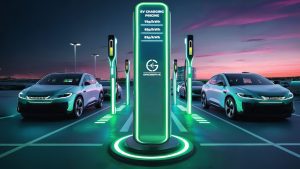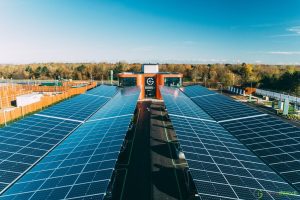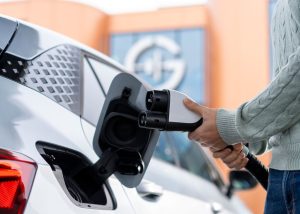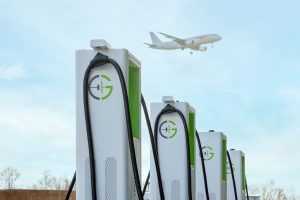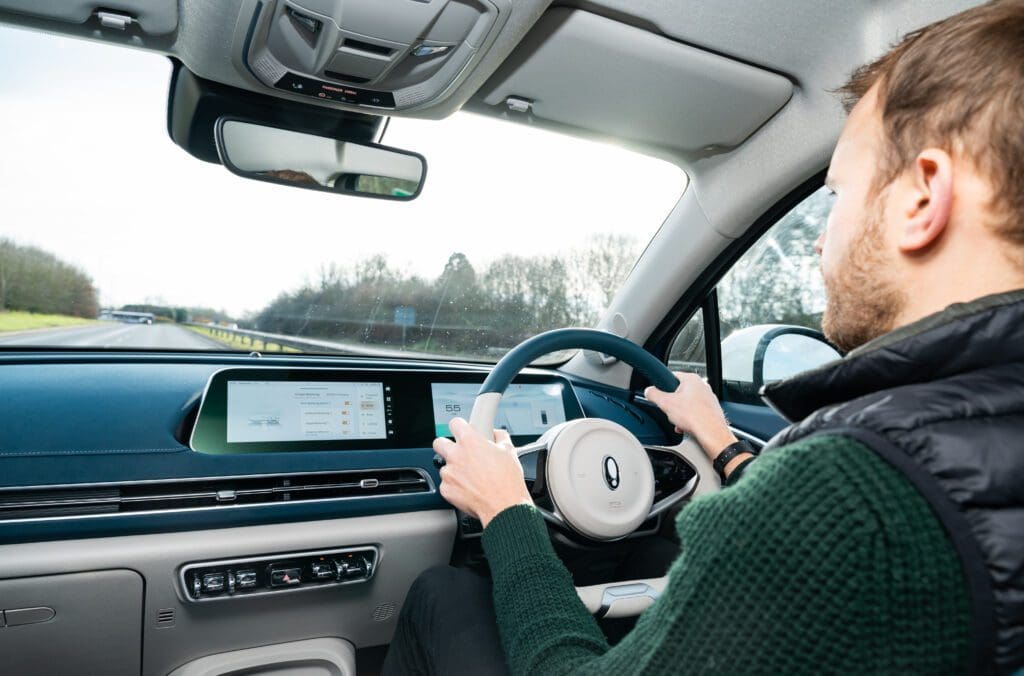

With the rapid rise of public charging points across the GRIDSERVE Electric Highway and ever-increasing EV battery sizes, ‘range anxiety’ is quickly becoming a thing of the past.
That said, just as drivers like to play fuel light roulette and fill up at the last second, the same is true for electric car drivers who like to run perilously close to empty. We see you, members of the zero percent club.
Sometimes, even the most diligent driver might find themselves running low – perhaps there was a long diversion to your route or you had to make an unplanned emergency trip.
In these cases, it’s important to know how to maximise range when you need to eke out a few more miles to get to a charger or back home – and is perhaps even more relevant when the external temperature drops
Of course, you can switch off auxiliary systems like air conditioning, favour the heated steering wheel and heated seats over climate control or silence the radio to steal a few extra miles. But, in reality, the biggest impact compared to other factors is the way that you drive.
Here are our top tips for maximising your electric vehicle range by the way you drive…
Electric car route planning
If you’re a cyclist or runner, you’ll know where every slight incline or hill is – but in a car it’s something we very rarely think about. Just like human legs, electric vehicles need more juice to climb a hill and so if you’re trying to reduce energy consumption then avoid hilly routes – a slightly longer journey time that favours a flatter route might be better in the long run.
Similarly, electric cars will use more energy on motorways due to the faster speeds required. So a longer route at a more efficient speed (where you’ll be able to maximise regenerative braking… more on that shortly) may pay dividends for your battery percentage.
You don’t need to be an Oxford maths professor to calculate which route is best, either. Google Maps will now show you the most eco-friendly route option – look for the green leaf icon (see pic below).
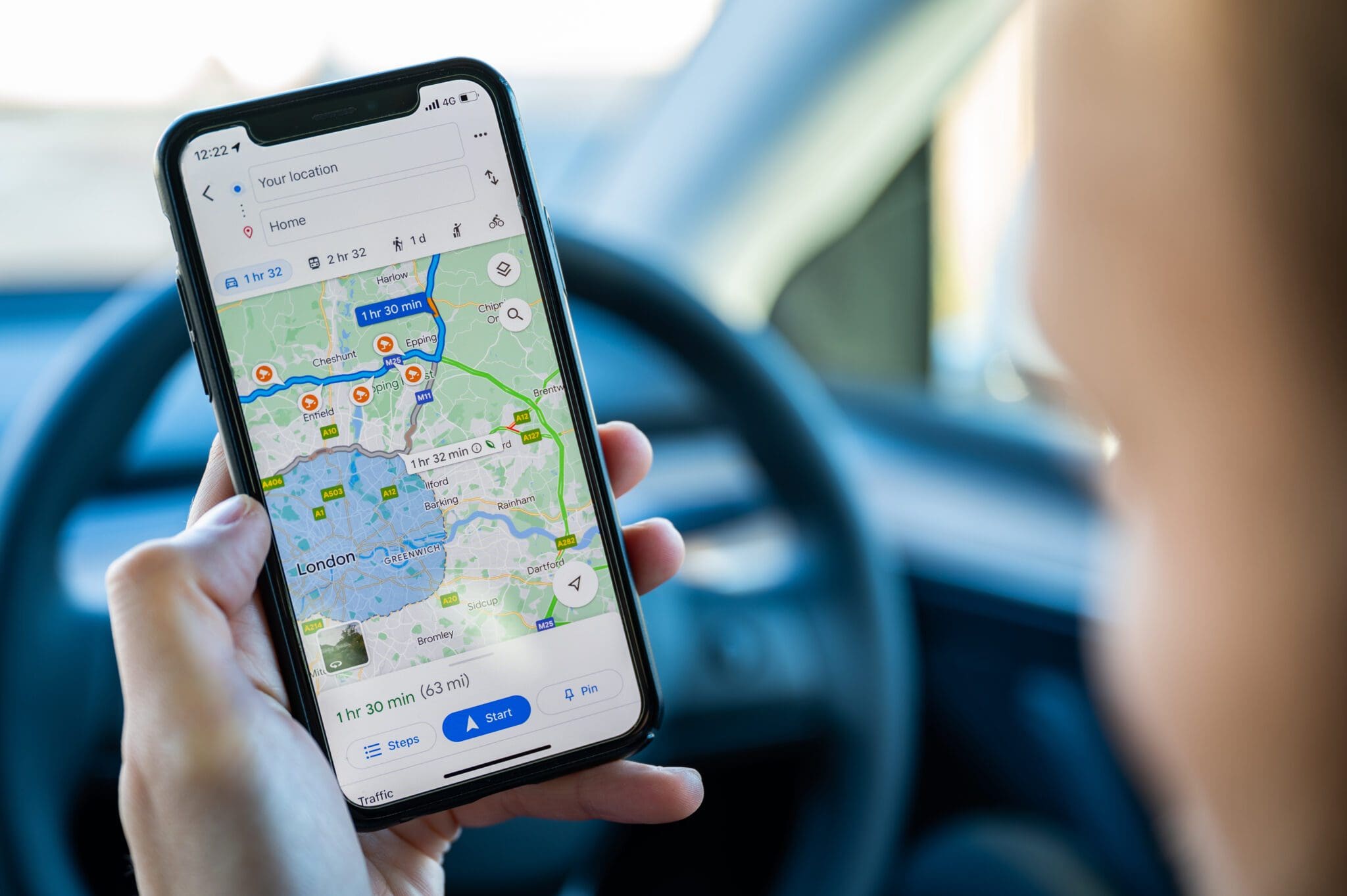
Steady speed wins the range race
Okay, so electric cars are lightning quick off the mark and a lot of fun because of it… but attempting to win the traffic light Olympics all the time will seriously hurt your charge (as well as giving whiplash to your passengers).
Instead, accelerate smoothly but fairly briskly so you can get to a steady speed and maximise range. Similarly, racing to the next junction and then braking harshly is a waste of energy… and a bit dangerous to be honest.
This is not just true in electric vehicles. Driving slower and less aggressively in a petrol or diesel car will also improve fuel consumption.
The best motorway speed for EVs
Just as harsh acceleration and braking will use battery power, so will cruising at 70mph on the motorway. Electric cars are more efficient at 50-60mph (that’s because the impact of wind resistance is exponential – a few miles per hour extra will see aerodynamic drag multiply).
Obviously, you want to avoid going so slowly you become a hazard to others, but a lower speed such as 60mph compared to 70mph on the inside lane – fast enough to stay ahead of lorries – will be beneficial And as above, a route that features less motorway driving and slower roads will benefit range, too.
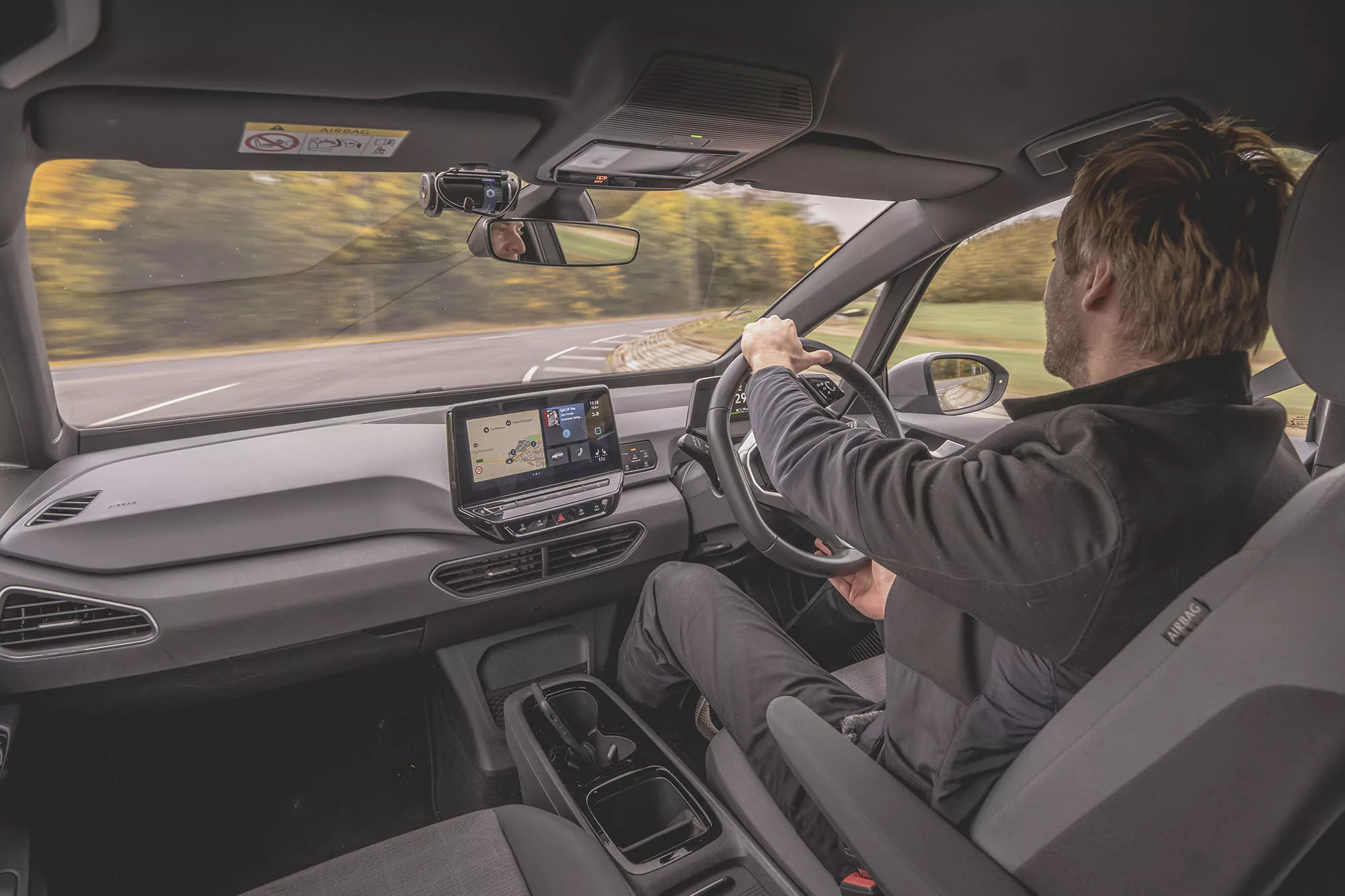
Read the road
Part of the trick of avoiding harsh braking is reading the road ahead and judging what you need to do.
It’s something all good drivers should be doing anyway in the name of safety, but by backing off the accelerator early you can save energy and help your car maximise regenerative braking…
Regenerative breaking
We promised more on regenerative braking and here it is. Also sometimes referred to as one-pedal driving, the clever technology is fitted to all new EVs and recovers energy when you slow down and pumps it back into the battery to add mileage to your range.
The amount of charge you can add varies on your car, your driving style and route (regen braking is way more effective in stop-start city driving than at higher speeds) but estimates put it at about 20%. That means over a 100-mile long journey, you’ll reclaim about 20 miles.
